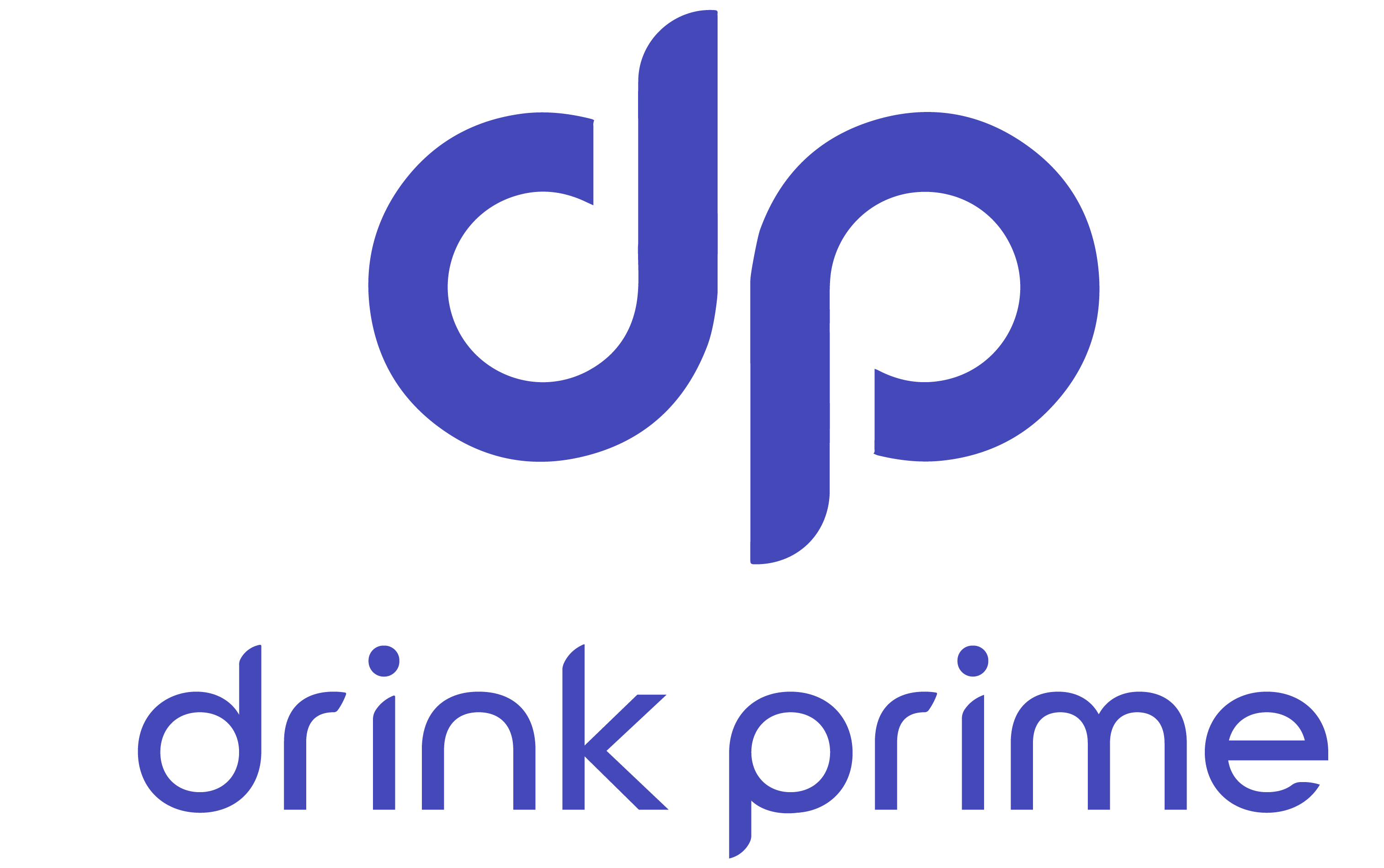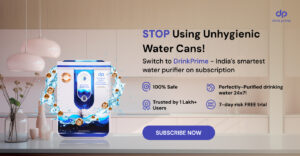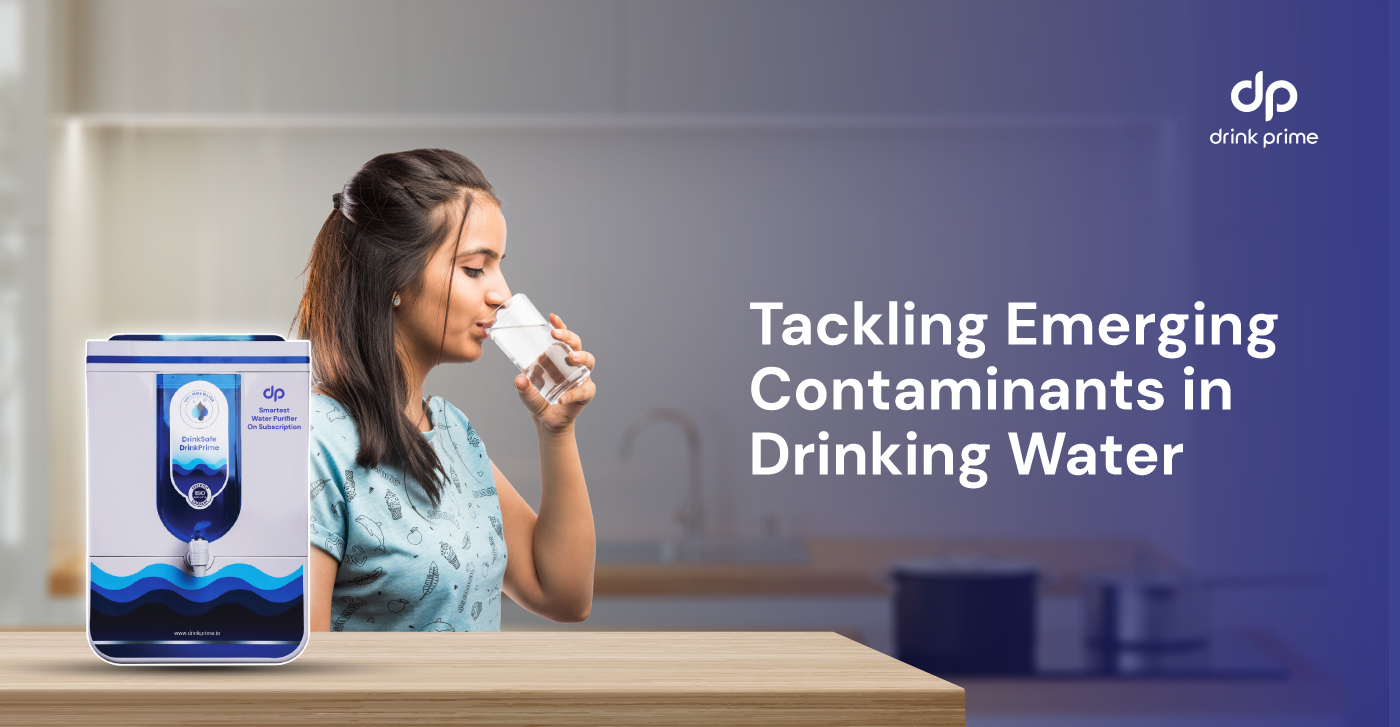While many talk about air quality, water quality often gets overlooked. But, with water scarcity becoming a cause of concern in many places, people are realising how important it is. Just like clean air, clean water is crucial for our health and well-being.
But how do we know if our water is good or bad? That’s where water testing comes in!
Water testing helps us figure out if our water is safe to drink. It checks things like pH levels, how clear the water is, and if there are any contaminants like bacteria or chemicals in it.
Let’s now look at what water testing is!
What is water testing?
Water testing is a crucial process that ensures the safety and purity of drinking water. It involves a series of assessments and analyses to measure various parameters that could indicate the presence of contaminants or impurities in the water supply. The primary goal of water quality testing is to protect public health by identifying potential risks and ensuring compliance with regulatory standards.
How does water testing work?
The process of water quality testing usually begins with collecting water samples. Samples are often taken from different points in the water distribution system, including the source, treatment plant, and various points along the distribution network. These samples are collected in sterile containers to prevent contamination and are labeled carefully to maintain traceability.
Once collected, the samples undergo a battery of tests to assess different aspects of water quality. These tests may include physical, chemical, and microbiological analyses.
- Physical parameters such as temperature, color, and turbidity are measured to assess the overall appearance of the water.
- Chemical tests examine the presence of various substances, such as heavy metals, organic compounds, and nutrients that could pose health risks or affect the taste and odor of the water.
- Microbiological tests detect the presence of harmful microorganisms such as bacteria, viruses, and parasites that can cause waterborne diseases.
Water quality testing is typically conducted using a combination of laboratory-based techniques and field measurements. Advanced instruments and equipment, such as spectrophotometers, chromatographs, and microbial incubators, are often used to perform the analyses accurately and efficiently.
What happens after the testing?
Once the testing is complete, the results are interpreted and compared to regulatory standards or guidelines established by organizations such as the World Health Organization (WHO). If any of the results are higher than what’s considered safe to drink, action is taken to fix the problem and make sure the water is safe to consume. This might mean changing how the water is treated, telling people if the water isn’t safe, or doing things to stop the contamination from happening again. These actions help keep our drinking water clean and safe for everyone.
Why is it important to test your water?
Testing your water is crucial for several reasons:
- Ensuring public health: Water testing helps identify harmful contaminants that could pose health risks to humans and animals. By detecting bacteria, viruses, parasites, and chemical pollutants, we can prevent waterborne diseases and protect public health.
- Clean, safe, and healthy drinking Water: Testing ensures that drinking water meets safety standards set by regulatory authorities like the World Health Organization (WHO). It also ensures that our water is free from harmful pollutants, ensuring safe consumption for households, businesses, and communities.
- Identifying contaminants:: Regular water testing allows for the early detection of contaminants before they reach harmful levels. This proactive approach enables timely intervention to address potential issues, preventing adverse health effects.
- Help assess the effectiveness of water treatment processes:: Continuous monitoring of water quality provides valuable data on trends and changes in water composition over time. This information helps identify all sorts of emerging contaminants, assess the effectiveness of water treatment processes, and guide decision-making for resource management and pollution control efforts.
- Ensuring compliance: Water quality testing is essential for compliance with regulations and standards governing water management and pollution control. This way, water suppliers, industries, and municipalities can commit to public health protection by adhering to legal requirements and guidelines.
- Identifying sources of pollution: The best part is water testing can trace the source of contamination, whether it’s from industrial discharges, agricultural runoff, or leaking infrastructure. This information is super-important for implementing specific strategies to reduce pollution and prevent further contamination of our precious water resources.
- Promoting awareness among people: Public access to water quality information fosters awareness and empowers communities to take action to address water-related issues. Transparent reporting of test results encourages accountability and collaboration among stakeholders, driving collective efforts to safeguard water resources.
How often should I test my water?
How often drinking water needs testing can vary based on factors such as safety standards set by regulatory bodies, where the water comes from, local conditions, and the likelihood of contamination. While there are some general rules, it’s important to consider the specific situation to decide how often testing should happen.
Regulatory agencies usually provide guidelines on how often to test drinking water to ensure its safety. Depending on the area and other factors, they might say it should be tested every few months to once a year.
Get 7 Days Risk Free Trial
Conclusion
One thing is clear: water testing is essential for safeguarding public health, ensuring access to safe drinking water, protecting ecosystems, and promoting sustainable water management practices. By monitoring water quality and responding to emerging challenges, we can preserve this vital resource for present and future generations.
If you’re seeking access to safe drinking water without worrying about potential contaminants, the DrinkPrime RO water purifier is the solution for you. Simply choose from our various subscription plans to select the best option for your family’s drinking water needs.
With DrinkPrime, you can enjoy peace of mind knowing that your water is clean, safe, and healthy for you and your family!




